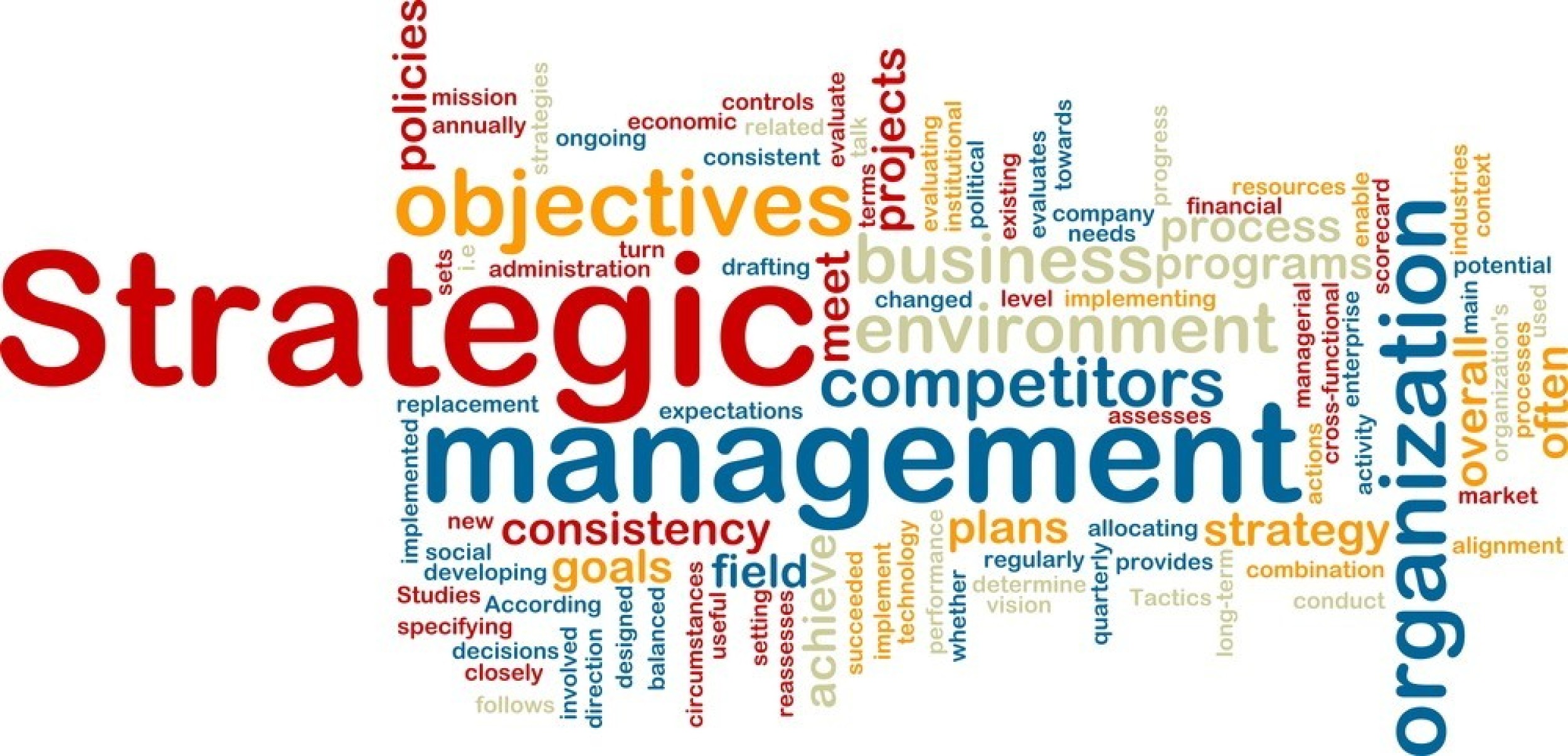In this FAQ we briefly describe the process by which you can create a Strategic Balanced Scorecard - one that will enable your organisation, to monitor progress in executing against your strategy. Keep in mind that the best designs are those developed directly by the people who will eventually use them: the development process should focus on establishing consensus about content from the user management team. Also bear in mind that this document is a very brief outline of what in practice, needs to be a well organised and tightly structured design process.
1. Create a ‘Destination Statement’
You should start with the articulation of and agreement to a Destination Statement - this is a description of the company, business unit or department in 3 to 5 years, provided current plans are successfully implemented. It is unlikely that all aspects of the Destination Statement will be subject to immediate action as this is a long-term view. Further, some Destination Statement elements will be dependent upon the completion of others. Some prioritisation across the elements of the Destination Statement is included in the next step.
2. Develop Strategic Activity Objectives
Next we reduce the Statements to a priority list of 12-15 items (using simple questions such as which are most challenging and/or new) and think about what you need to do to achieve the success expressed in each priority statement over the next 12-18 months. We then suggest grouping these in the form of a set of Strategic Activity Objectives. Focus on a limited number of objectives - aim for fewer than ten. One way to reduce the number is to combine several activities into common programmes.
3. Identify interim ‘Outcome Objectives’
You now need to identify Outcome Objectives for the next 12-18 months that can be used as a basis for selection of outcome measures. To do this: for each Activity grouping think what would be the short-term outcome if the work were done successfully (tip: look at the Destination sentences for inspiration). In best-practice Balanced Scorecards you see approximately the same number of Activity and Outcome Objectives - 10 of each is a good target.
4. Link Objectives in a Strategic Linkage Model and add ‘Owners’
If your Outcome Objectives correctly relate to the Destination Statement then you should be able to show how the activity objectives will link to the delivery of the outcome objectives. Being able to create a Strategic Linkage Model that incorporates your objectives is a good way of demonstrating how joined-up your thinking is. Avoid having too many links between objectives - this just makes the model hard to follow. Include just enough links to ensure that your understanding of how the two sets of objectives link together is valid.
Some find these visual representations of your Balanced Scorecard good ways of communicating priorities to other teams internally or external stakeholders.
Lastly, in this step it is crucial for the next steps to identify one responsible ‘owner’ per item to complete the further detail in steps 5-8 - these owners should be from the management team that will use the Balanced Scorecard.
5. Write clear descriptions of all Strategic Objectives
Write down clear statements that describe each objective chosen, and how they think it might be measured. Not only will this help subsequent communication of the Balanced Scorecard design, 2GC’s experience is that the design team will quickly forget the fine detail if it is not recorded. If you choose the objectives in a workshop process, ideally you want to record these descriptions within the workshop itself.
6. Identify relevant Milestones and Metrics
For each objective you should decide the measures that will track organisational progress towards the objectives over time - so for Activities these are milestones on project plans and for Outcomes it is quantitative metrics (and perhaps some qualitative metrics as appropriate) - no more than 3 per outcome. This is a good time to think to think about setting targets. Measure selection is normally strongly influenced by the availability of appropriate information. It is usually better to choose measures that can be quickly and cheaply obtained and can be updated fairly frequently (at least four times a year).
7. Create Implementation Plan for your Balanced Scorecard
Having a Balanced Scorecard is not enough – the objectives and overall vision will only be achieved if this is truly embedded in the workings of the organisation and management team - collection and collation of data, reporting and review on a regular basis. Also plans are needed for communication, resource allocation, and project prioritisation. A good way is to do the planning while all the ideas are fresh – i.e. as part of the Balanced Scorecard development process. Having a plan also helps in subsequent communications about what needs to happen when.
8. Review on regular basis
Using the Balanced Scorecard creates a reference point for management discussions that can promote more objective and analytical discussions based on a shared view of what needs to be done: it provides factual information about what is happening, enabling management teams to become more efficient and effective at implementing strategy.
The best way to use of this type of Balanced Scorecard is for the responsible management team simply to agree to review it on a regular basis. As part of these review meetings, improvements to the overall strategic vision and goals are often identified, and changes to the measures used to track performance are requested. The review meetings become a forum for continually updating and refreshing the Balanced Scorecard design – essential if the tool is to have long-term value.

